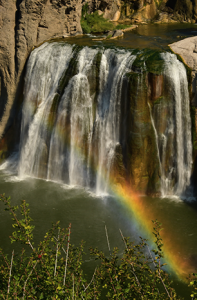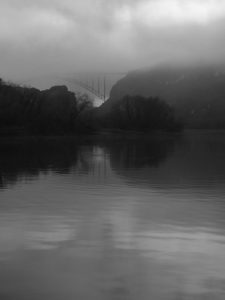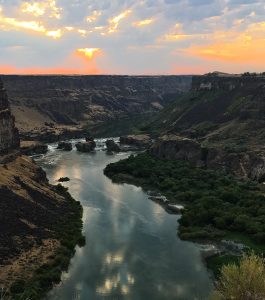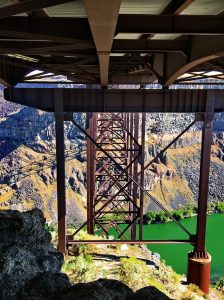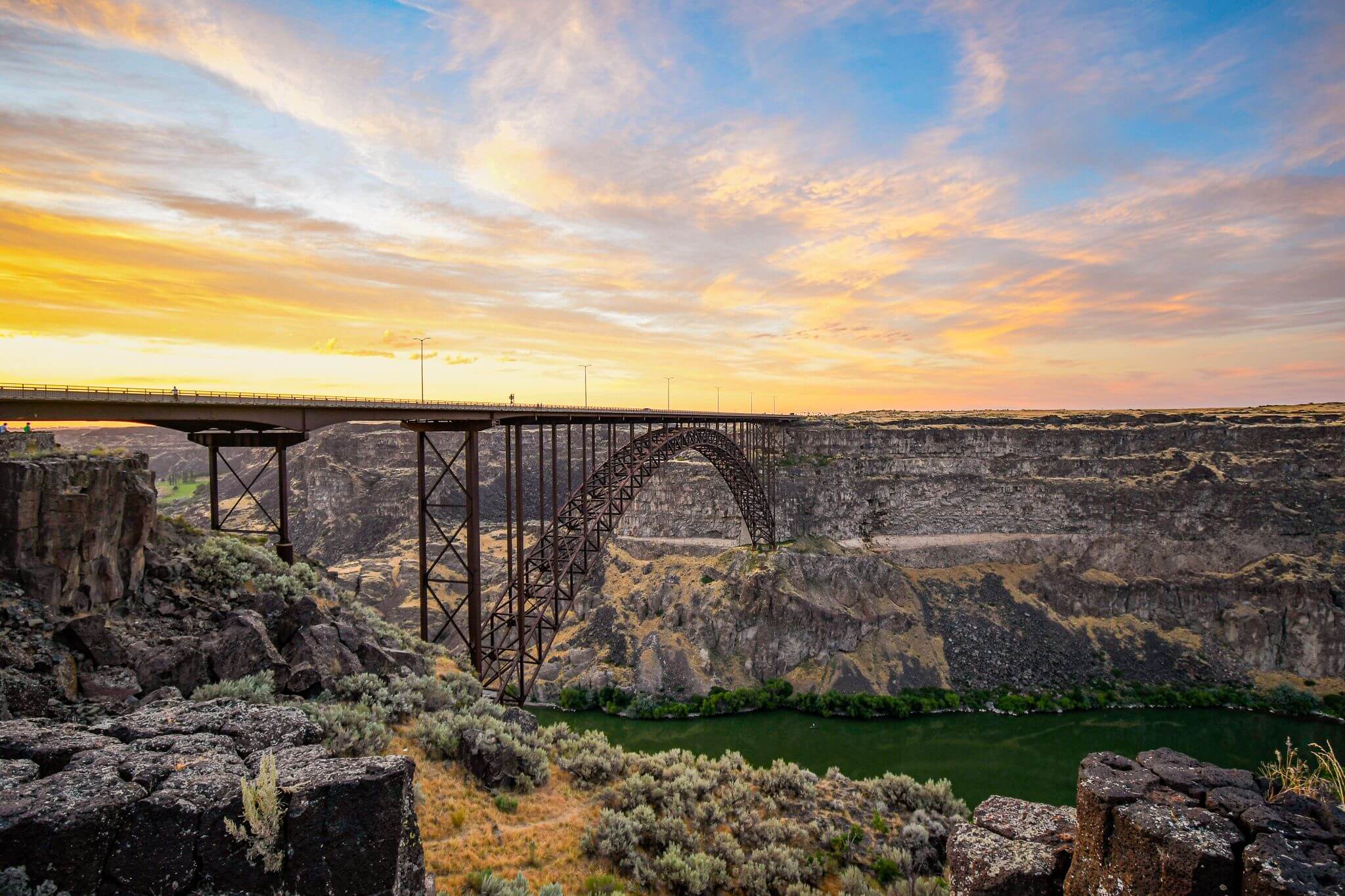
Guided Trail Home | Locations | Geology | Vegetation | Wildlife | Wellness | Photography Tips
Photography Tips
- First of all, Safety is your prime concern. Since so many of the views of the beautiful canyon are very close to the edge of the canyon, be aware of where you are in your total environment. Watch where you are walking and will be walking. If there are loose tripping hazards along the trail, move them if it is possible or step around them. Do not go beyond established boundaries to get that “perfect” shot.
- Another concern while taking photographs along the Snake River Canyon is to be aware of and mindful of private property. Do not enter someone’s private property area and also please be respectful of owner’s property as you take a picture through their space.
- Because the Canyon is so deep, shadows become an issue when taking pictures. Sun flare can also affect the quality of your photograph.
- The best position to be in when taking your pictures should be one where the sun is at your back or at least at the side. With that position, you will not have the sun glaring into the picture and there will not be that occasional sun spot on the lens of the camera. The walls of the canyon will be richer and darker and the sky will not be blown out in the final photograph.
- Choose you time of day for taking your pictures.
- Certain areas along the trail are best when photographed in the morning hours and others are best in the afternoon or evening. To photograph the Perrine Bridge, the morning hours enhance pictures taken on the East side. Afternoon/evening photographs of the Bridge are best is you are on the West side, with the sun at your back.
- At Shoshone Falls, if you have clear skies and the sun at your back, and if there is a mist soaring from the falls, you will have a rainbow in your picture. Under those conditions, there will be a rainbow from sun up to sun down. You just have to move further down or up the trail to keep that sun at your back for that spectacular view of the falls.
- Sometimes when the sun is particularly bright, as near mid-day, it is helpful to have a circular polarizer lens attached to your DSLR lens. The circular polarizer lens acts like sunglasses for your lens, allowing you to minimize or eliminate glare or even haze, making your colors more dramatic.
- Using the circular polarizer lens in the evening allows you have a longer exposure also, thus creating a blurred water effect. In those late afternoon/night time exposures, it is recommended that you use a tripod, as you will not be able to hand hold your camera for crisp, in-focus pictures.
- If you want to photograph your family and friends as you primary subjects and if you can change the focus point on your camera, focus on the face to your subjects. The background of the picture may be a bit blurry, but later you will be able to clearly see your family and friends in a beautiful environment. To have both the foreground and background in crisp focus, stand approximately fifteen to twenty feet back from your subjects. Most camera sensors can then adapt to both subjects—your people and the canyon behind.

